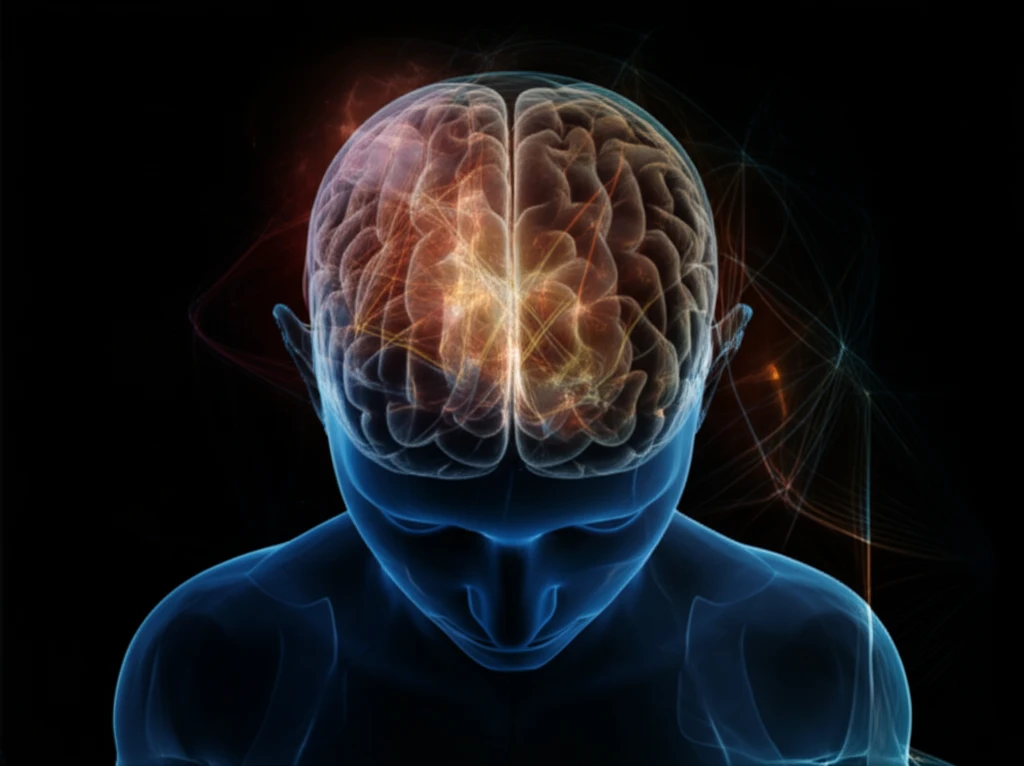
Decoding the Brain: New Insights into Neurological Research
"Explore groundbreaking studies in comparative neurology and systems neuroscience, offering hope for understanding and treating complex brain disorders."
The human brain, with its intricate network of neurons and complex systems, remains one of the greatest frontiers of scientific exploration. Neurological research seeks to unravel the mysteries of the brain, aiming to understand its function in health and disease. This article highlights recent studies published in The Journal of Comparative Neurology, showcasing the breadth and depth of contemporary neuroscience research.
From investigating the underlying mechanisms of neurodegenerative diseases to exploring the plasticity of neuronal circuits, these studies offer valuable insights into the brain's structure, function, and potential for repair. Understanding these complexities is crucial for developing effective treatments for neurological disorders and improving overall brain health.
This article aims to break down these complex scientific findings into accessible information, making them understandable for a broad audience interested in the latest advancements in brain research and their potential impact on future healthcare.
Unraveling Neurological Mysteries: Key Research Areas

The Journal of Comparative Neurology features research spanning various critical areas of neuroscience. Here, we'll explore a few key studies and their potential implications:
- Key Insight: Identifying specific microglial changes associated with Alzheimer's in chimpanzees offers a comparative model for human disease progression.
- Potential Impact: Early detection and targeted treatments for Alzheimer's based on microglial activity.
The Future of Brain Research: A Path Forward
These studies represent just a fraction of the ongoing research in comparative neurology and systems neuroscience. By exploring diverse areas such as neurodegenerative diseases, pain mechanisms, and sensory systems, researchers are building a more comprehensive understanding of the brain.
Continued investment in neurological research is essential for developing effective treatments for brain disorders and improving the lives of millions affected by these conditions. The insights gained from these studies pave the way for future innovations in diagnostics, therapies, and preventative strategies.
As technology advances and collaborations expand, the future of brain research holds immense promise. With each new discovery, we move closer to unlocking the secrets of the brain and developing solutions for some of the most challenging neurological conditions.
